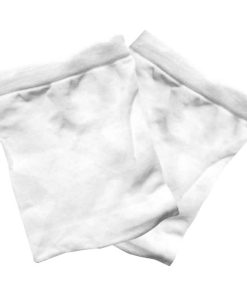-
×
 Plastica Skimmer Socks (Pk12)
1 ×
Plastica Skimmer Socks (Pk12)
1 ×£30.82£23.73 -
×
 Mini 20g STABILISED Chlorine Tablets 2kg SLOW RELEASE Quality product
1 ×
Mini 20g STABILISED Chlorine Tablets 2kg SLOW RELEASE Quality product
1 ×£26.42£20.34
Subtotal: £44.08
Owning a swimming pool comes with the responsibility of maintaining proper water chemistry. Understanding the essential pool chemicals and their functions will help you keep your pool water clean, clear, and safe for swimming. In this post, we’ll explore the key pool chemicals you need, how to use them, and how to keep your pool water balanced.
Chlorine is the most common sanitizer used in swimming pools, and for a good reason. It kills bacteria and algae, keeping the water safe for swimmers.
Maintaining the right pH level in your pool is crucial for swimmer comfort and effective sanitation.
Total alkalinity acts as a buffer for pH levels, preventing rapid fluctuations that can affect water balance.
Calcium hardness refers to the concentration of calcium in the water and helps prevent corrosion of pool surfaces and equipment.
Algaecides are chemicals designed to prevent and treat algae growth in pools. They are especially useful during warm weather when algae are more likely to flourish.
Clarifiers help to clear up cloudy water by coagulating tiny particles, making them easier for your filter to remove. Flocculants work similarly but settle particles to the bottom of the pool for easy vacuuming.
Regular testing of your pool water is essential to maintain the right chemical balance. Invest in a reliable test kit or test strips to monitor the following levels:
Understanding essential pool chemicals and how to use them will help you maintain a clean, safe, and enjoyable swimming pool. Regular testing and adjustments are key to achieving balanced water chemistry. If you need any of the chemicals mentioned please check our website or contact our friendly support team for advice. Remember, proper chemical balance not only ensures the safety of swimmers but also extends the life of your pool equipment and surface.
Some products you might be interested in:

Please enter your details below to save your trolley for later. If you have any questions please leave your email address and we will provide a swift response.